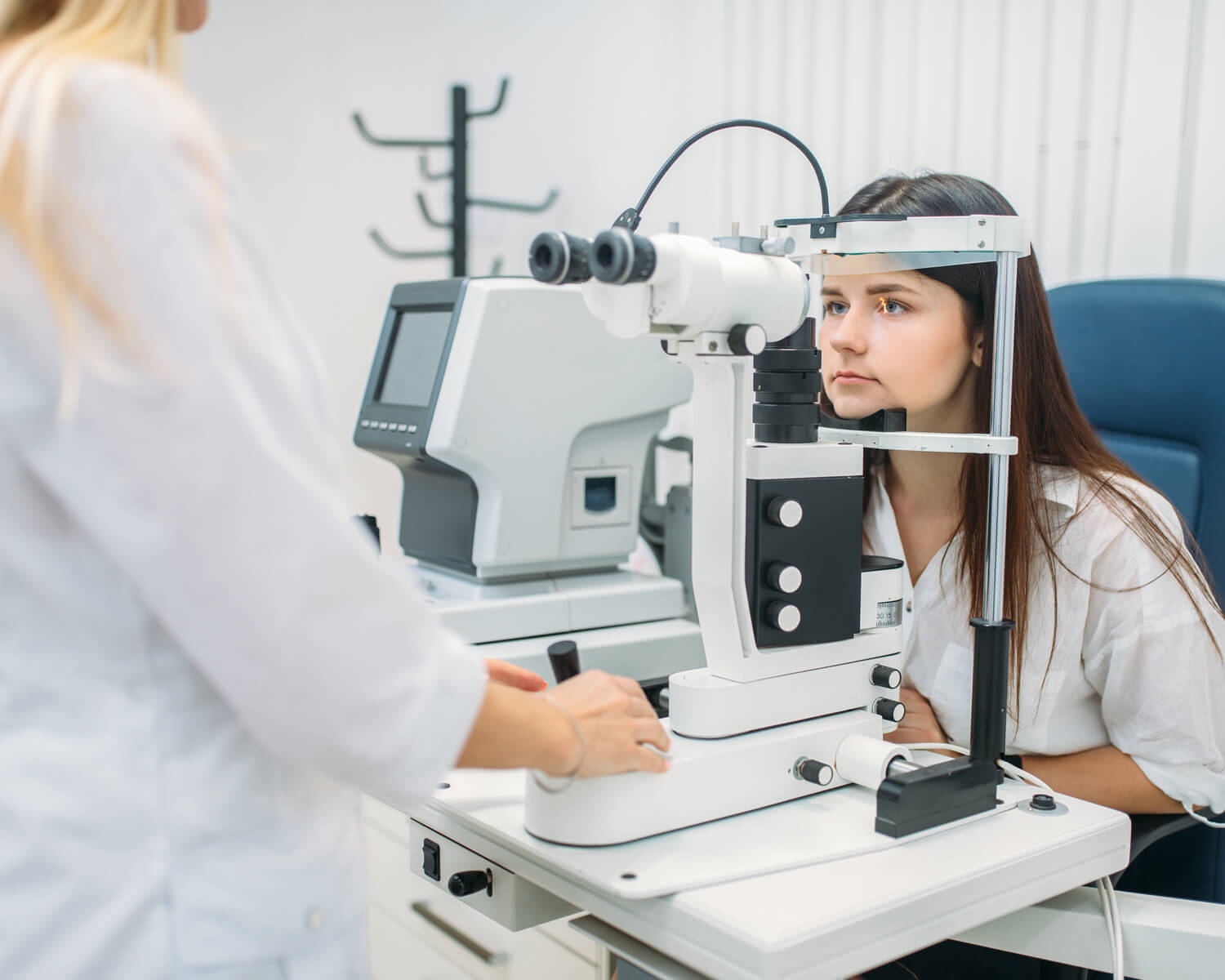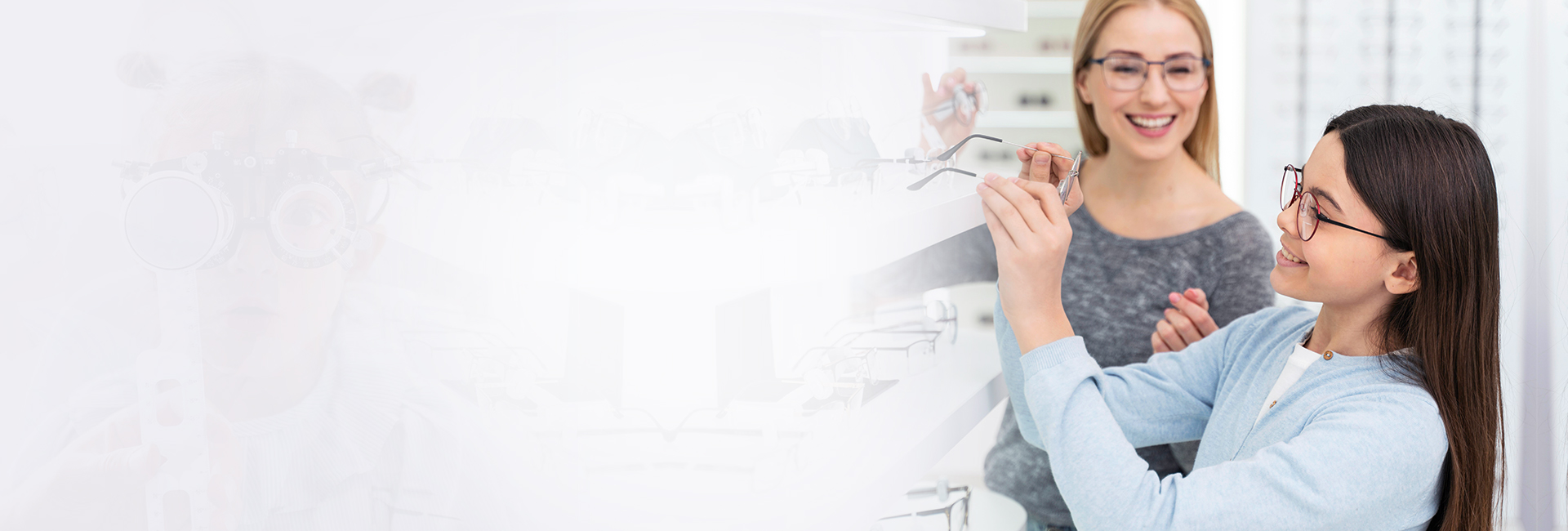
Normal-sighted (Emmetropia)
While we have the most fashionable eyewear, it is our utmost concern to make sure that your overall eye health is well cared for.
In a normal eye rays of light coming from infinity focus at a point on the retina giving us a perfect image. This eye does not require any correction. This condition is called ‘Emmetropia’. Light enters the eye via the cornea and the amount is controlled by the iris, the coloured part of the eye.
The iris contracts and dilates automatically depending on how bright or dim the light is. The crystalline lens then focuses the light on the retina. The retina converts the light into nerve impulses which are communicated to the brain via the optic nerve.
Most vision problems occur when the eye cannot focus the image onto the Retina. Here are a few of the most common problems:
- Myopia (Near-sightedness)
- Hyperopia (Farsightedness)
- Astigmation
- Presbyopia

When you look at something, three things must happen :
- The image must be reduced in size to fit onto the Retina.
- The scattered light must come together that is, it must focus at the surface of the Retina.
- The image must be curved to match the curve of the Retina.
As shown in the image below, light passes through the cornea and Pupil, is bent (refracted) by the lens, and comes to a point (focus) on the Retina, where the image is formed.
Short-Sighted (Myopia)
Technically known as myopia, near-sightedness occurs when the eye is unusually long, a shape that causes light rays to focus behind the retina. An inherited condition,
it is often discovered when children are 8 to 12 years old. During the teenage years, when the body is growing rapidly, near-sightedness gets worse. Then between
ages 20 and 40 there is little change.
In near-sightedness (Myopia), the light from distant objects gets focused in front of the Retina rather than on it. Myopia happens usually when the eyeball is too long; however, it is sometimes caused by too much focusing power in the lens system. The result is that the person can see close-up objects clearly, but distant objects are blurry.

Long-Sightedness (Hypermetropia)
Technically known as Hypermetropia. This occurs when the length of the eye ball is shorter than the normal. The shape of the eye causes the light rays to focus behind the retina.
In farsightedness (Hyperopia), the light gets focused in back of the Retina rather than on it. Hyperopia usually happens when the eyeball is too short or when the focusing power of the lens system is too weak. The result is that a person can see distant objects clearly, but close-up objects are blurry.

Astigmatism
A normal cornea is round and smooth like a baseball. With astigmatism, the cornea curves more severely, like a football. Astigmatism can occur in combination with myopia or hyperopia. For people with astigmatism, all objects both near and far are distorted. Images are blurred because some of the light rays are focused and others are not.

Presbyopia
In Presbyopia, the Cornea and lens of the eye become less stretchy, and therefore cannot change shape as readily to bring light to a focus on the Retina; this happens naturally as we grow older and is usually observed when people reach their 40s. If you have Presbyopia, you have trouble focusing light from near objects on the Retina. To correct this problem, you might get a pair of bifocal lenses to replace your existing glasses. If you don’t already wear corrective lenses, you may be able to simply use reading glasses.

